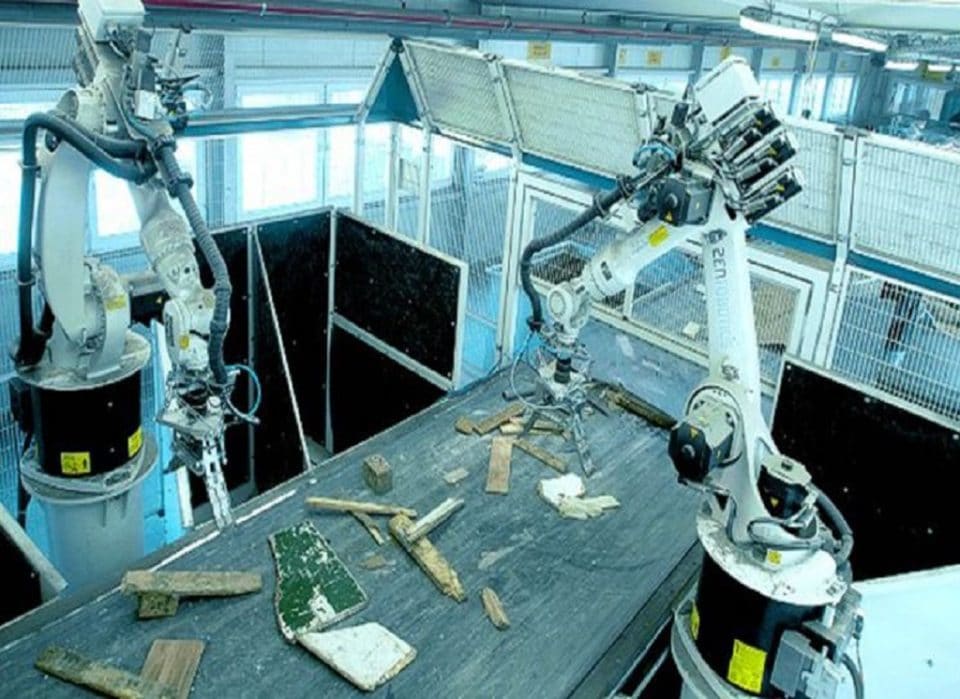Warehouses need to be safe for workers, inventory storage, and heavy machinery to move around and paths clear of obstructions. It should also be safe for workers so that they don’t contract any disease or health risk as a result of dust or exposure to industrial chemicals. Many things are happening in the commercial world of robotic cleaning and handling waste.
The best methods should combine superior cleaning technology with affordable equipment; this provides for efficient use of time and money. The sources of debris on an industrial floor vary from stocked material, and fuel spills wooden planks even forklift tires not to mention dust.
All these sources of waste make it difficult to maintain high standards of cleanliness. And to keep safe conditions for employees to work in. Lately, a new trend towards waste management, cleaning, and sorting systems in the world is the use of robots.
Maintenance & Repair The Waste Material
Robotic Industrial Cleaners

Many consumers prefer to walk behind and ride-on devices when it comes to cleaning relatively small spaces. However, some products provide robotic cleaning solutions for washing, scrubbing, vacuum cleaning, and steaming. One such product is the American Taski Intellibot with some of its features discussed below. Robotic floor-care reduce water energy and chemical use.
credit: Diversey
Robotic floor care machines use multiple sensors to create a 360-degree maneuver around obstacles in their surrounding area. Devices can be programmed for complex layouts or manually operated. The intelligent Duobot reduces water consumption and saves labor by using only 15 gallons of water.
Robotic cleaning provides hands-free machines working on floors, it allows workers to focus on high-touch areas. The robots come with detailed record-keeping capabilities. With electronic data storage, it is possible to track information such as routes, dates, duration of the last usage, and potential maintenance issues.
There are other products similar to the Intellibot in the market regarding what they are using it. Some current competitors of Intellibot include Robosoft (France), Cleanfix (Switzerland), and Cyberdyne from Japan. These products help consumers to clean windows floors and carpets. That have progressively made inroads to the industrial and commercial marketplace.
Recycling Waste
Zenrobotics is a company based in Helsinki which has developed a first in the world robotic waste sorting system. The robots also use multiple sensors to analyze the waste stream that is being processed.
In the heart of the system lies a brain-like controlling technology. The brain-like technology uses a minimum of six various types of acoustic devices to provide the recycling system with n off-the-shelf robotic arms which enable it to sort out items with high precision in real-time.
What’s more, the Zenrobotics Brain also has an ability to ´learn´ from mistakes while at the same time it can respond to changes. The system has different kinds of cameras for movement and detection, three-dimensional scanners metal detectors, and tactile feedback. With these capabilities, the robots can make decisions on what objects to pick, how to grip these objects, and what category they fall under thus they know where to put them.
Zenrobotics system is also bolstered with several load sensors which when dealing with waste can detect surface area and estimate weight. A single robot is capable of picking and sorting approximately 12 million items from various conveyor belts and sorting them into different bins.
Bacteriabots

Bacteriabots incorporates a complex bio-sensing system that can be used to diagnose and manage various bacteria-related disorders by the use of quorum sensing molecules as potential biomarkers for disease. This biosensing system is utilized in treating industrial wastewater.
It is a complete water treatment facility that provides alternative energy in the form of hydrogen. The system uses bactobots which labor like individual machines encoded with performing specific tasks. Wastewater is pumped through an electrogenic bioreactor or fuel cell. It treats from one end comes clean water while from the other end hydrogen gas is produced.
If used on an industrial scale this technology is capable of removing high-strength waste while at the same time conserving energy. This combination of bacteria and a robot will prove a viable solution in solving waste problems in water at the most basic molecular level.
Conclusion
With these three robotic cleaning and sorting technologies operating at different industrial levels, the purity levels of waste will skyrocket. Not only is the technology cost-efficient but it is also time-saving and above all environment-friendly.

